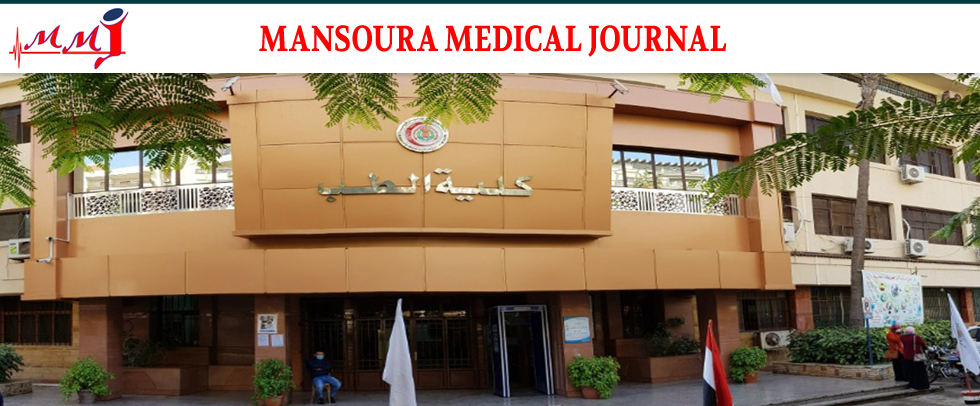Subject Area
Chest medicine
Article Type
Original Study
Abstract
Background: Both an uncontrolled host response and the direct actions of pathogenic agents can be responsible for pneumonia-induced pulmonary hyperpermeability. Two well-known factors that contribute to angiogenesis and regulate inflammation and vascular leakage are angiopoietin-1 (Ang 1) and angiopoietin-2 (Ang 2). Aim: Assessment of Ang 1 and Ang 2 serum levels as indicators of the severity and phenotypes of community-acquired pneumonia (CAP). Subjects and methods: From September 2023 to February 2024, a case-control study was carried out at Mansoura University Children Hospital (MUCH) to assess the serum levels of Ang-1 and Ang-2 as indicators of the severity and phenotypes of communityacquired pneumonia. The study included 30 cases aged 2 months to 16 years admitted to MUCH from rural areas of Delta region diagnosed with community-acquired pneumonia using WHO diagnostic criteria and 30 healthy controls of matched age and sex. Clinical and laboratory data were used to categorize the 30 pneumonic cases into two groups: typical pneumonia (n = 24) and atypical pneumonia (n = 6). Results: Community-acquired pneumonia (CAP) cases had a male to female ratio of 1.3:1 with a median age of 3 years (0.17–16). The most prevalent symptoms among pneumonic cases were fever, cough, and difficulty of breathing (93.3%, 90%, and 76.7%, respectively). The most frequent complications among cases were pleural effusion and septicemia (56.7% and 30%, respectively). The most frequent radiologic finding among cases was parapneumonic effusion (56.7%), which was followed by lobar pneumonia (26.7%) and bronchopneumonia (23.3%). Cough was much more common in children with typical CAP (95.8%) than in those with atypical CAP (66.7%). Compared to children with typical CAP, children with atypical CAP used macrolides far more frequently. Although the pneumonic group's Ang-2 was substantially greater than the control group's (p-value = 0.02), there was no statistically significant difference in Ang-1 between the cases and healthy controls. Pneumonic cases complicated with septicemia had considerably higher levels of both Ang-1 and Ang-2 (p-value
Recommended Citation
Zedan, Magdy Mohamed Ebrahim; Abousamra, Nashwa Khairat; Ahmed, Engy Osman; and Gebril, Asmaa Salah Ali
(2024)
"Pathogenic Role of Angiopoietin-1 and -2 in Community-acquired pneumonia among a Cohort of Egyptian Children from Rural Areas of Delta Region,"
Mansoura Medical Journal: Vol. 53
:
Iss.
3
, Article 3.
Available at:
https://doi.org/10.58775/2735-3990.1428
Creative Commons License

This work is licensed under a Creative Commons Attribution 4.0 International License.



